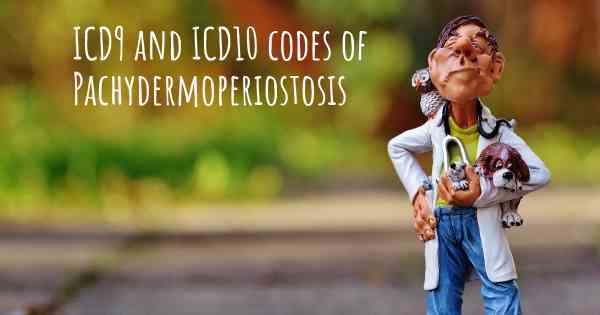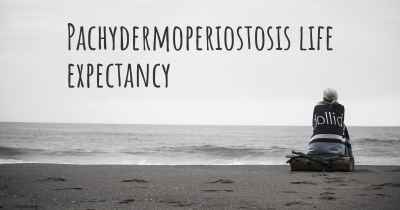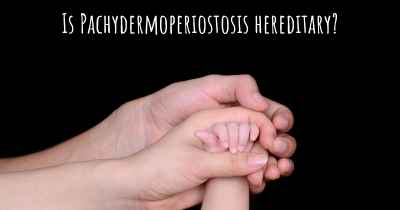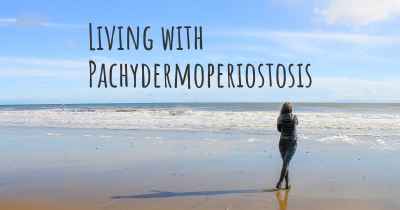16
ICD10 code of Pachydermoperiostosis and ICD9 code
What is the ICD10 code for Pachydermoperiostosis? And the ICD9 code for Pachydermoperiostosis?

Pachydermoperiostosis, also known as primary hypertrophic osteoarthropathy, is a rare genetic disorder characterized by thickening of the skin and bone abnormalities. The ICD10 code for Pachydermoperiostosis is Q78.8, while the corresponding ICD9 code is 756.89. It is important to consult with a healthcare professional for accurate diagnosis and appropriate treatment options.
Pachydermoperiostosis, also known as primary hypertrophic osteoarthropathy, is a rare genetic disorder characterized by thickening of the skin and bone abnormalities. The ICD10 code for Pachydermoperiostosis is Q78.8. The ICD10 is a standardized coding system used by healthcare professionals to classify and document various medical conditions.
In contrast, the ICD9 code for Pachydermoperiostosis is 088.0. The ICD9 coding system was widely used before the implementation of ICD10 and has since been replaced by the newer version. The transition to ICD10 allows for more specificity and detailed classification of diseases, providing healthcare providers with a more comprehensive understanding of patient conditions.
Pachydermoperiostosis is a rare condition characterized by symptoms such as thickened skin, clubbing of the fingers and toes, joint pain, and excessive sweating. It is typically diagnosed based on clinical findings and may require additional tests to rule out other conditions.
Treatment for Pachydermoperiostosis aims at managing symptoms and improving quality of life. This may involve the use of non-steroidal anti-inflammatory drugs (NSAIDs) for pain relief, physical therapy, or surgical interventions in severe cases. It is important for individuals with Pachydermoperiostosis to have regular follow-ups with healthcare professionals to monitor their condition and manage any associated complications.
Remember, it is always recommended to consult with a qualified healthcare professional for a proper diagnosis, treatment, and management of any medical condition.
In contrast, the ICD9 code for Pachydermoperiostosis is 088.0. The ICD9 coding system was widely used before the implementation of ICD10 and has since been replaced by the newer version. The transition to ICD10 allows for more specificity and detailed classification of diseases, providing healthcare providers with a more comprehensive understanding of patient conditions.
Pachydermoperiostosis is a rare condition characterized by symptoms such as thickened skin, clubbing of the fingers and toes, joint pain, and excessive sweating. It is typically diagnosed based on clinical findings and may require additional tests to rule out other conditions.
Treatment for Pachydermoperiostosis aims at managing symptoms and improving quality of life. This may involve the use of non-steroidal anti-inflammatory drugs (NSAIDs) for pain relief, physical therapy, or surgical interventions in severe cases. It is important for individuals with Pachydermoperiostosis to have regular follow-ups with healthcare professionals to monitor their condition and manage any associated complications.
Remember, it is always recommended to consult with a qualified healthcare professional for a proper diagnosis, treatment, and management of any medical condition.
Diseasemaps








